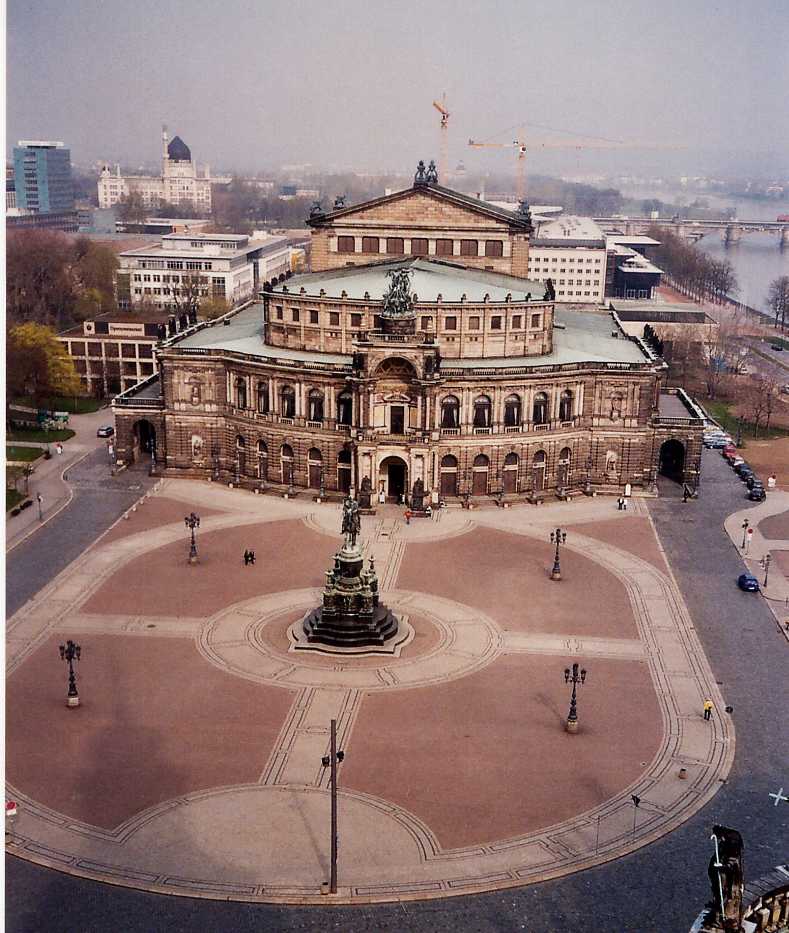Coming out of a time period that was being influenced by the Art Nouveau and Jugendstil movements, Adolf Loos certainly changed the perception and progression of Modern Architecture. With much of his work centered around Vienna, he brought something totally new and original to the scene of architecture and refused to be a part of any of the movements going on at the time. Through his writing and critique, Loos opened up a very important debate which questioned the necessity of ornamentation and the role of art in design.
Another important group that operated at the same time as Adolf Loos, and with the same influence on modern architecture, was the Werkbund. They shared similar ideas with Adolf Loos of form without ornament, and through their “Weißenhofsiedlung” exhibition in 1927, they helped to define the international style of the modern house. Among the architects and members of the Werkbund who built at the exhibition included Mies Van der Rohe, Peter Behrens, and Bruno Paul.
Aerial of Weißenhofsiedlung exhibition, Stuttgart, Germany
http://www.weissenhof.ckom.de/01_allgemein/pics/01_luftbild.gif
This blog will look at and compare plans of Loos’ Muller house and Peter Behrens' house from the Weißenhofsiedlung exhibition.
Adolf Loos' Muller House, 1929-30, Prague
http://www.galinsky.com/buildings/villamueller/mueller3.jpg
Peter Behrens' Terrassenhauses, 1930-32, Stuttgart
http://www.weissenhof.ckom.de/02_gebaeude/bild.php?id=434
Looking at both houses it is easy to see that both architects stuck to the use of simple geometric forms in their designs. From the exterior we see the form expressed in plain white surfaces with simple windows put in. Loos co-owned a construction company that specialized in applying new construction techniques, such as use of reinforced concrete, while architects of the Werkbund were also trying to find universal and modern materials with which their new international style would incorporate. I think that because they both abandoned ornamentation and stuck to such simple geometric forms, Behrens' and Loos’ houses (along with the other Weißenhofsiedlung houses) were quite limited and apt to looking similar.
Figure 1: Geometric stacked and intersecting forms of Behrens's house
Now, when it comes to the plan and orientation of space in each of these houses; that is where the two begin to differ. Loos is well known for the use of his Raumplan. In the Muller house, I think Loos took a quite innovative approach (as opposed to the more traditional notion at that time) to looking at how spaces in a house relate. The Raumplan set each room at a different level where they were connected by a series of short stairs. Here Loos is transforming the floor plan into space where he is changing the notion that each room must sit on the same plane and share the same ceiling height (Colquhoun 81). From this he creates some unique diagonal views that are framed through openings in the walls.
Figure 2: Loos's Raumplan concept in the Muller house: note stairways (Colquhoun 80)
Figure 3: Muller house room floor height and highlighted stair corridors
Behrens took almost the same idea, but not to the same degree as Loos. We can see that Behrens is experimenting with volumes (specifically a modular volume) and positioning and intersecting them in space. However, unlike Loos, Behrens does this on a set plane for each floor. From the floor plans it is possible to see that Behrens is taking a simple rectangle that is subdivided into 2-3 bedroom, kitchen, bathroom, and dining (also with access to a terrace) and then arranging it to the orientation that he chose. The orientation had to do with providing occupants access to light and fresh air to reduce the risk of spreading tuberculosis and disease which was a pertinent threat in older cramped industrial city housing blocks.
Ultimately I think each house takes an interesting look at volumes in space and how they relate to one another. They both take material into account and discuss the relationship between form and function. These notions of the modern house were truly unique for that time and certainly influenced future architects.
Sources:
Sources:
Colquhoun, Alan. Modern Architecture. Oxford: Oxford UP, 2002. Print.
Curtis, William J. R. Modern Architecture Since 1900. 3rd ed. New York: Phaidon, 2011. Print.
http://www.weissenhof.ckom.de/00_startseite/index.php?flash=4.











